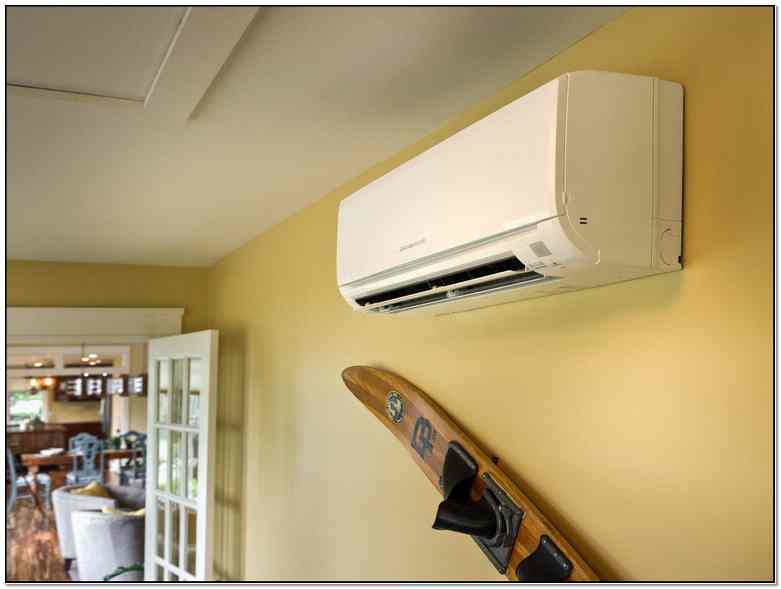Ductless, mini split-system A/C Units have numerous potential applications in residential, business, and institutional structures. The most common applications are in multifamily housing or as retrofit add-ons to homes with "non-ducted" heating systems, such as hydronic (hot water heat), radiant panels, and space heaters (wood, kerosene, lp). They can likewise be a good option for space additions and studio apartments, where extending or installing distribution ductwork (for a central air-conditioner or heater) is not practical.
Like central systems, mini divides have 2 primary components: an outdoor compressor/condenser, and an indoor air-handling system. A channel, which houses the power cable, refrigerant tubing, suction tubing, and a condensate drain, links the outdoor and indoor units.
Benefits
The main benefits of mini divides are their small size and flexibility for zoning or heating up and cooling private spaces. Numerous designs can have as many as four indoor air managing systems (for four zones or rooms) linked to one outside unit. The number depends on how much heating or cooling is required for the structure or each zone (which in turn is affected by how well the building is insulated). Each of the zones will have its own thermostat, so you just require to condition that space when it is inhabited, conserving energy and loan.
Ductless mini split systems are also often easier to install than other kinds of space conditioning systems. For instance, the hook-up in between the follow this link outside and indoor units typically requires just a three-inch (8 centimeter) hole through a wall for the conduit. Likewise, a lot of makers of this type of system can offer a range of lengths of linking avenues. So, if required, you can find the outside unit as far away as 50 feet (15 meters) from the indoor evaporator. This makes it possible to cool rooms on the front side of a Continue reading building house with the compressor in a more useful or unnoticeable place on the outside of the building.
Considering that mini divides have no ducts, they avoid the energy losses connected with ductwork of central forced air systems. Duct losses can account for more than 30% of energy usage for area conditioning, especially if the ducts remain in an unconditioned area such as an attic.
Compared to other add-on systems, mini divides offer more flexibility in interior decoration choices. The indoor air handlers can be suspended from a ceiling, mounted flush into a drop ceiling, or hung on a wall. Floor-standing models are likewise offered. Most indoor units have profiles of about seven inches (18 cm) deep and usually included smooth, high-tech-looking jackets. Many likewise use a push-button control to make it easier to turn the system on and off when it's positioned high on a wall or suspended from a ceiling. Split-systems can likewise help to keep your home much safer, since there is only a small hole in the wall. Through-the-wall and window installed space air-conditioners can supply a simple entrance for intruders.
Downsides


The primary downside of mini splits is their expense. Such systems cost about $1,500 to $2,000 per load (12,000 BTU per hour) of cooling capacity. This is about 30% more than main systems (not consisting of ductwork) and may cost twice as much as window units of similar capacity.
The installer must likewise correctly size each indoor system and judge the best location for its setup. Oversized or improperly situated air-handlers typically lead to short-cycling, which squanders energy and does not offer appropriate temperature level or humidity control. Too large a system is also more expensive to purchase and run.
Some individuals might not like the look of the indoor part of the system. While less interfering than a window space a/c, they seldom have the built-in appearance of a central system. There should likewise be read more a place to drain pipes condensate water near the outdoor system.
Certified installers and service people for mini divides might not be simple to discover. In addition, many standard heating & cooling specialists have big investments in tools and training for sheet metal duct systems. They need to utilize (and charge for) these to earn a return on their financial investment, so they might not recommend ductless systems other than where a ducted system would be difficult for them to install.

